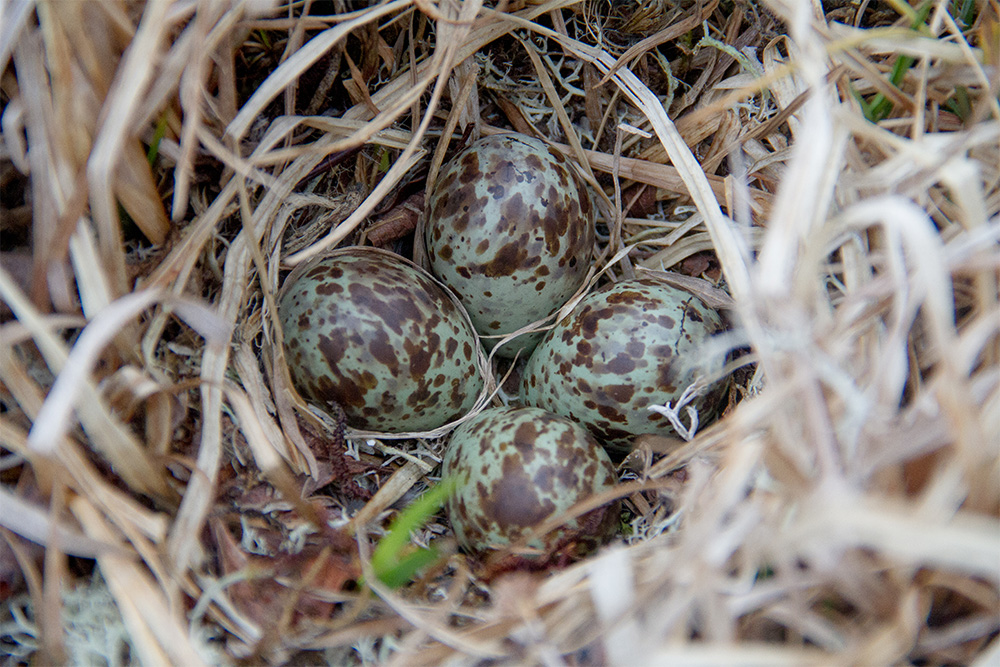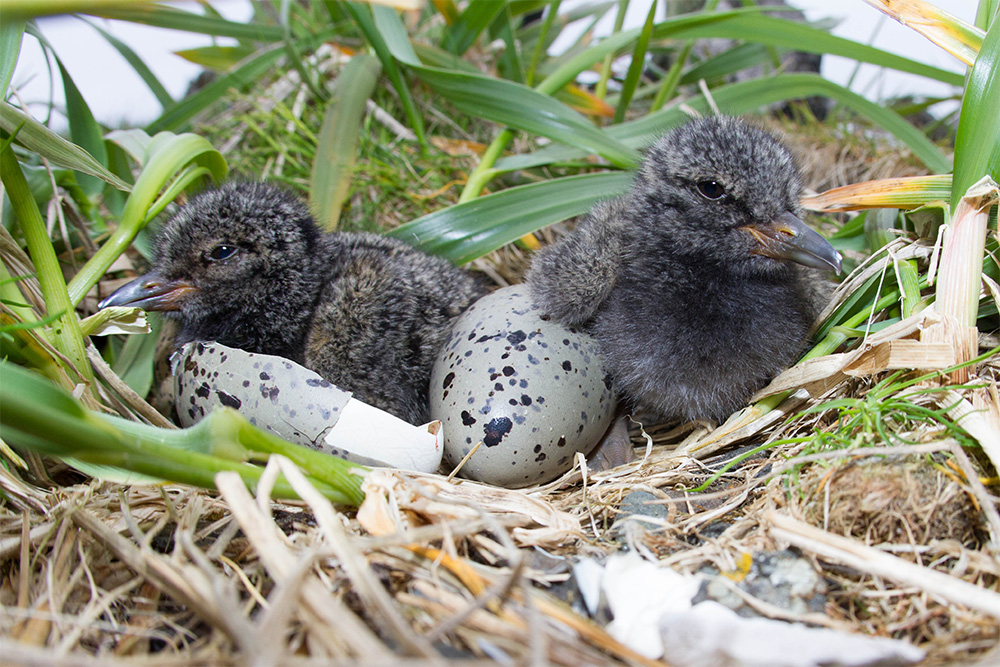December 4, 2024
The Ebiil Society: Champions of Palau
Ann Singeo, founder of our partner organization the Ebiil Society, shares her vision for a thriving Palau and a flourishing world of indigenous science!
We use cookies to help you navigate efficiently and perform certain functions. You will find detailed information about all cookies under each consent category below.
The cookies that are categorized as "Necessary" are stored on your browser as they are essential for enabling the basic functionalities of the site. ...
Necessary cookies are required to enable the basic features of this site, such as providing secure log-in or adjusting your consent preferences. These cookies do not store any personally identifiable data.
Functional cookies help perform certain functionalities like sharing the content of the website on social media platforms, collecting feedback, and other third-party features.
Analytical cookies are used to understand how visitors interact with the website. These cookies help provide information on metrics such as the number of visitors, bounce rate, traffic source, etc.
Performance cookies are used to understand and analyze the key performance indexes of the website which helps in delivering a better user experience for the visitors.
Advertisement cookies are used to provide visitors with customized advertisements based on the pages you visited previously and to analyze the effectiveness of the ad campaigns.
Our new online shop is live!

As Earth Day approaches, Island Conservation will share stories of hope and success in conservation.
The Aleutian Archipelago, which Hawadax Island forms a key part of, has been designated a Biosphere Reserve for over 40 years. Lying 1,300 miles west of Anchorage, Alaska the chain of islands contained a spectacular range of biodiversity—all except Hawadax Island, which was, aptly, formerly known as ‘Rat Island.’
For over 200 years invasive rats had made their home on Hawadax Island—Stacey Buckelew, an Island Conservation biologist remarked following her first visit to help document centuries of damage to native birds and plant species:
When I first landed on what was Rat Island in 2007, it was an eerily silent place. A typical Aleutian island is teeming with wildlife, swirling with noisy, pungent birds. Not this place. It was crisscrossed with rat trails, littered with rat scat, scavenged bird bones, it even smelled…wrong.”

It was clear the rats would need to be removed if Rat Island truly was to become Hawadax Island.
In 2007 and 2008 Island Conservation and the Coastal Conservation Action Lab at the University of California, Santa Cruz conducted baseline surveys of select native species on the island.
Following the surveys, the work started in earnest to remove Rattus norvegicus from the island and restore key species to their former homes.
Surveys were again conducted in 2009 and 2010 the team found no sign of invasive rats that had decimated native bird populations for more than 200 years.

The results were spectacular—several bird species, including the Rock Sandpiper, Pigeon Guillemot, Common Eider, Red-faced Cormorant, and Gray-crowned Rosy Finch, were successfully nesting on the island, along with many other birds that were once highly susceptible to rat predation.
Black Oystercatchers and Glaucous-winged Gulls produced chicks, and both species were more abundant in 2010 than they had been in previous years. The Song Sparrow appeared for the first time in 2010, potentially indicating a return of this species to Rat Island. In 2013, Tufted Puffins were documented nesting on the island for the first time ever recorded.
Hawadax was once again teaming with wildlife and the sounds of seabirds.
Featured photo: A Tufted Puffin (Fratercula cirrhata) soaring over Hawadax Island, Alaska. Credit: Ilana Nimz/USFWS
Check out other journal entries we think you might be interested in.
Notifications